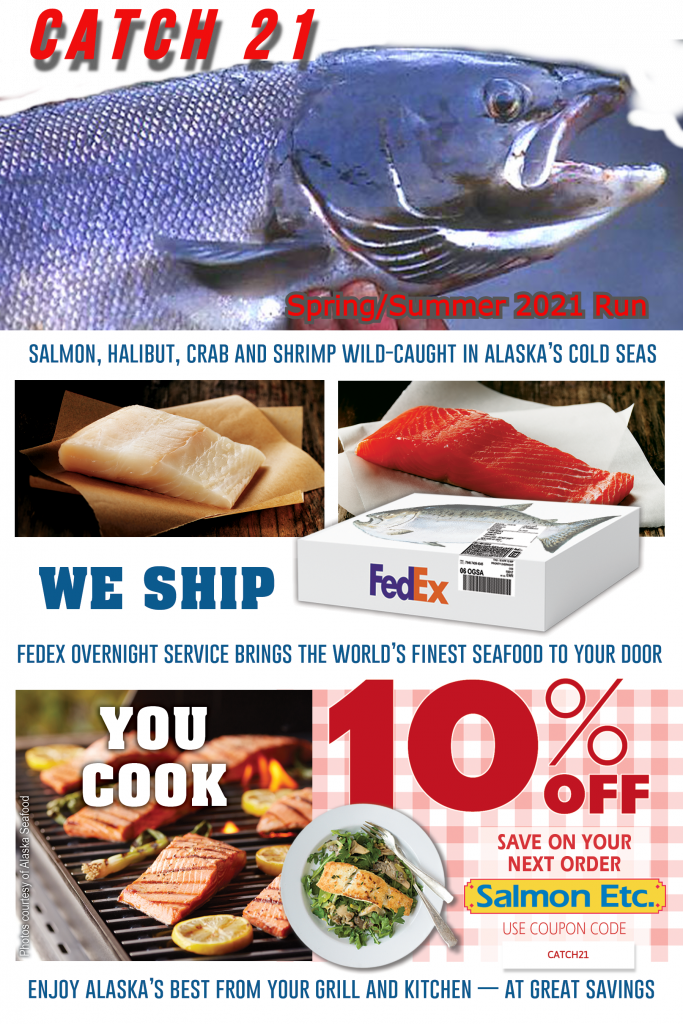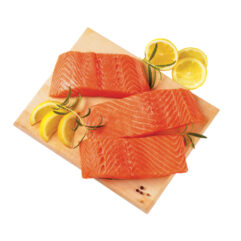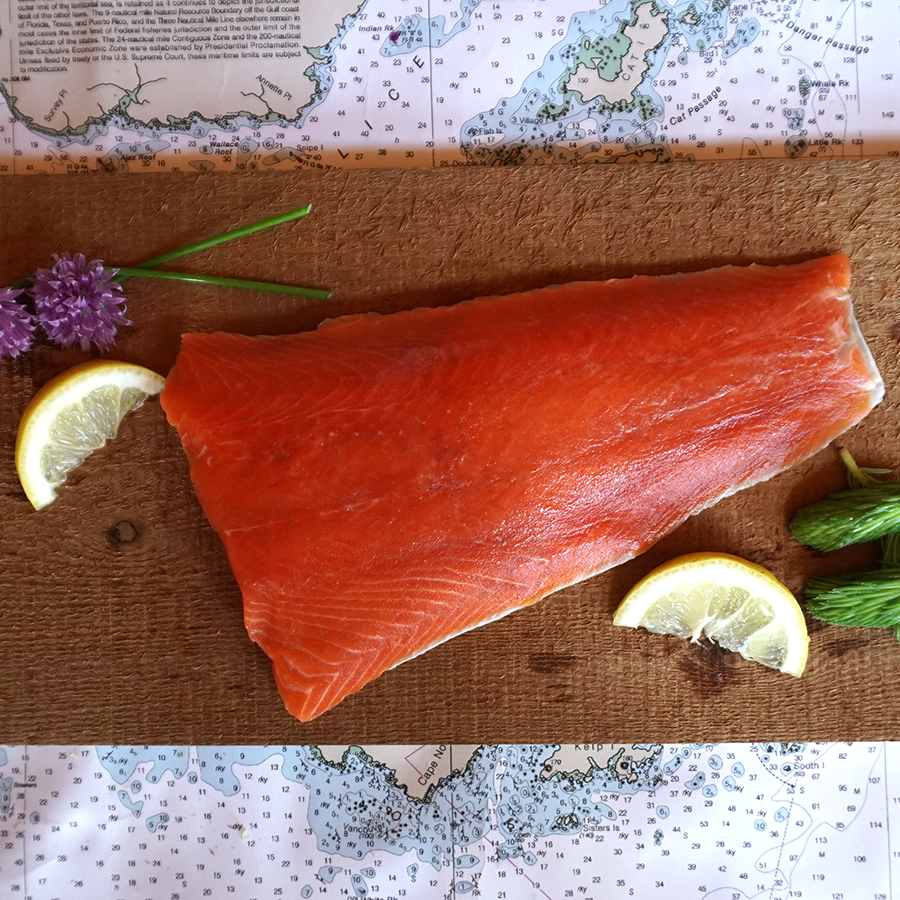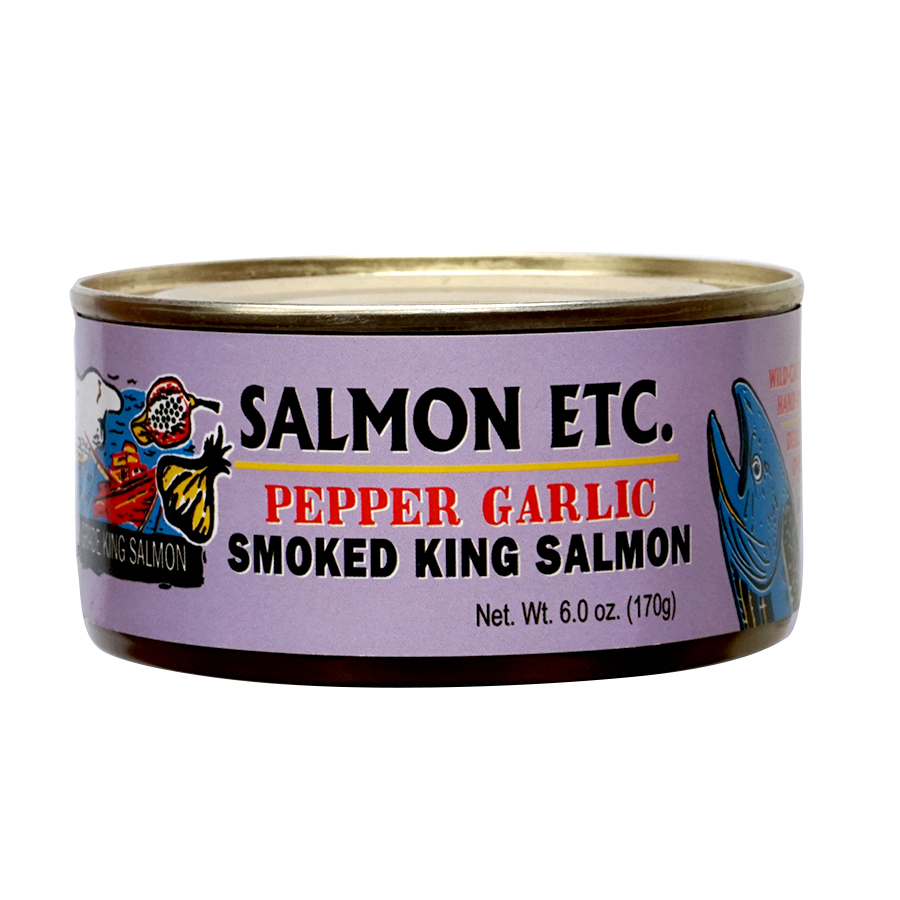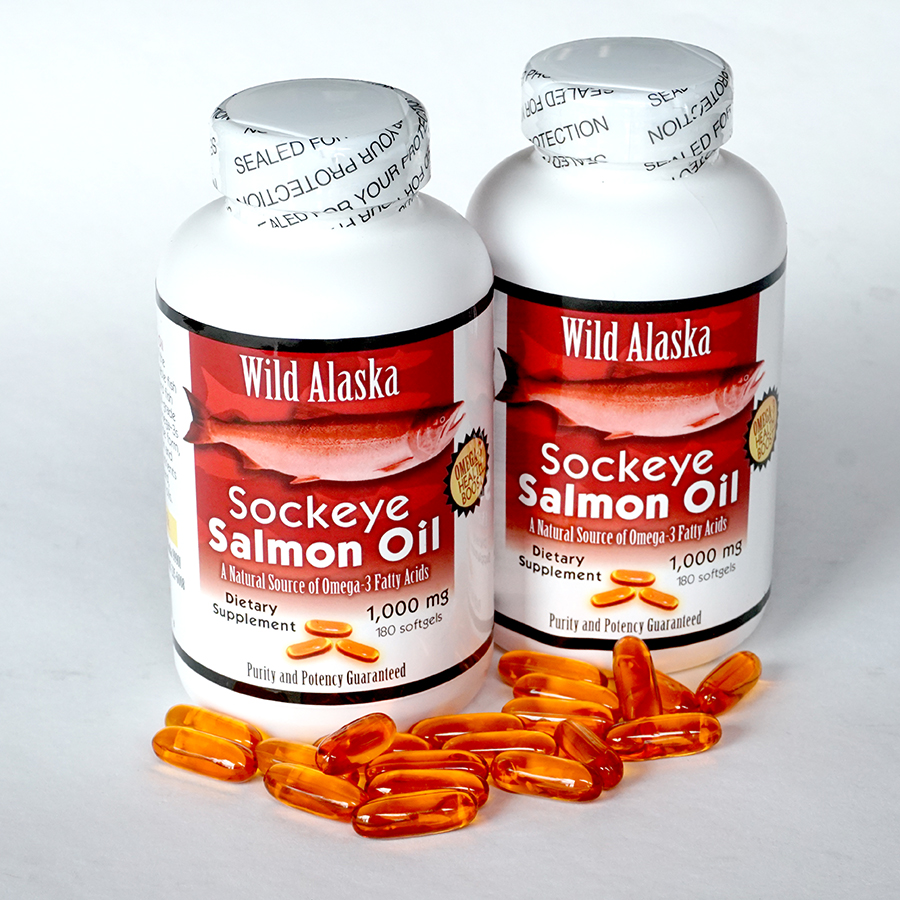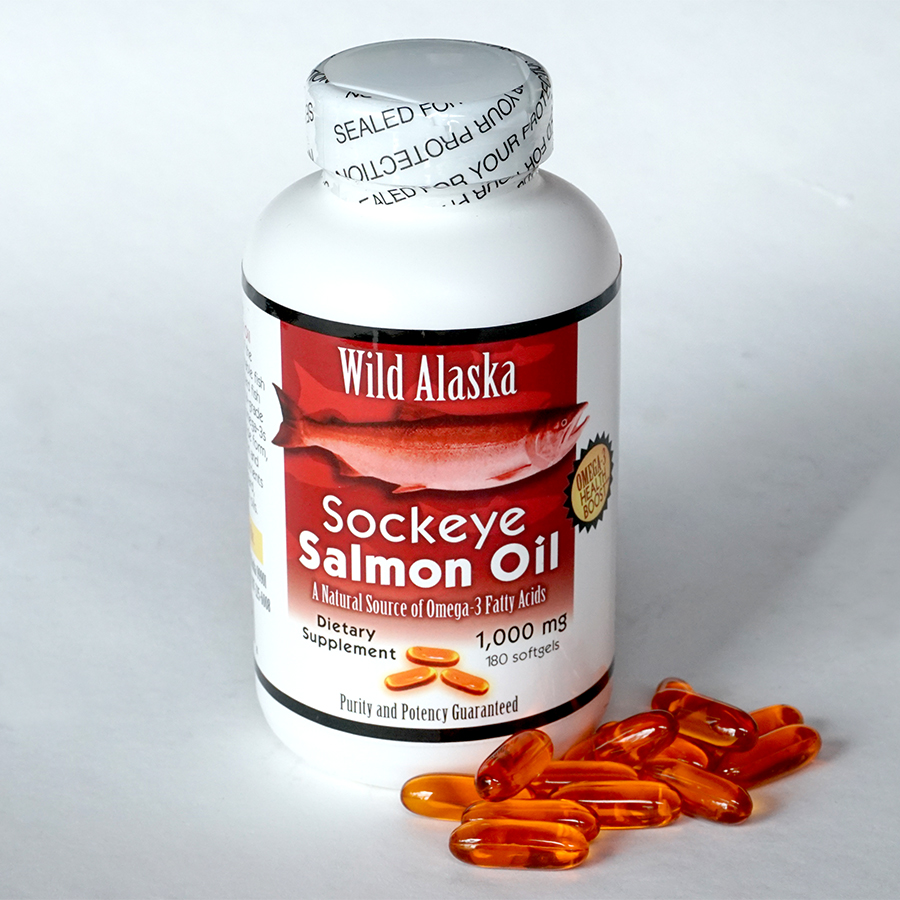Eating fresh Alaskan salmon has numerous health benefits. For one, it is an excellent source of protein, which is essential for building and repairing tissues in the body. Salmon is also rich in omega-3 fatty acids, which have anti-inflammatory properties and have been shown to have a range of health benefits, including reducing the risk of heart disease and improving brain function.
In addition to its high protein and omega-3 content, fresh Alaskan salmon is also a good source of other nutrients, including vitamin B12, selenium, and potassium. These nutrients are important for maintaining good health and can help to support a healthy immune system.
Eating fresh Alaskan salmon can also be good for the environment. Alaskan salmon is sustainably caught, meaning that the fishing practices used to catch it do not harm the environment or deplete the population of salmon. This is important, as overfishing can have negative impacts on marine ecosystems.
In addition to its health benefits, fresh Alaskan salmon is also delicious! It has a unique taste and can be prepared in a variety of ways, including grilling, baking, or pan-frying. It is also a versatile ingredient and can be incorporated into a wide range of dishes, making it a great addition to any meal.
Overall, there are many reasons to include fresh Alaskan salmon in your diet. Its high protein and omega-3 content, as well as its other nutrients, make it a healthy choice that can have a range of benefits for your body. Its sustainable sourcing also makes it a good choice for the environment. So next time you’re looking for a healthy and delicious protein option, consider giving fresh Alaskan salmon a try!
Fresh Boxes
Fresh seafood straight to your freezer.
PRICE INCLUDES SHIPPING!
All natural.
